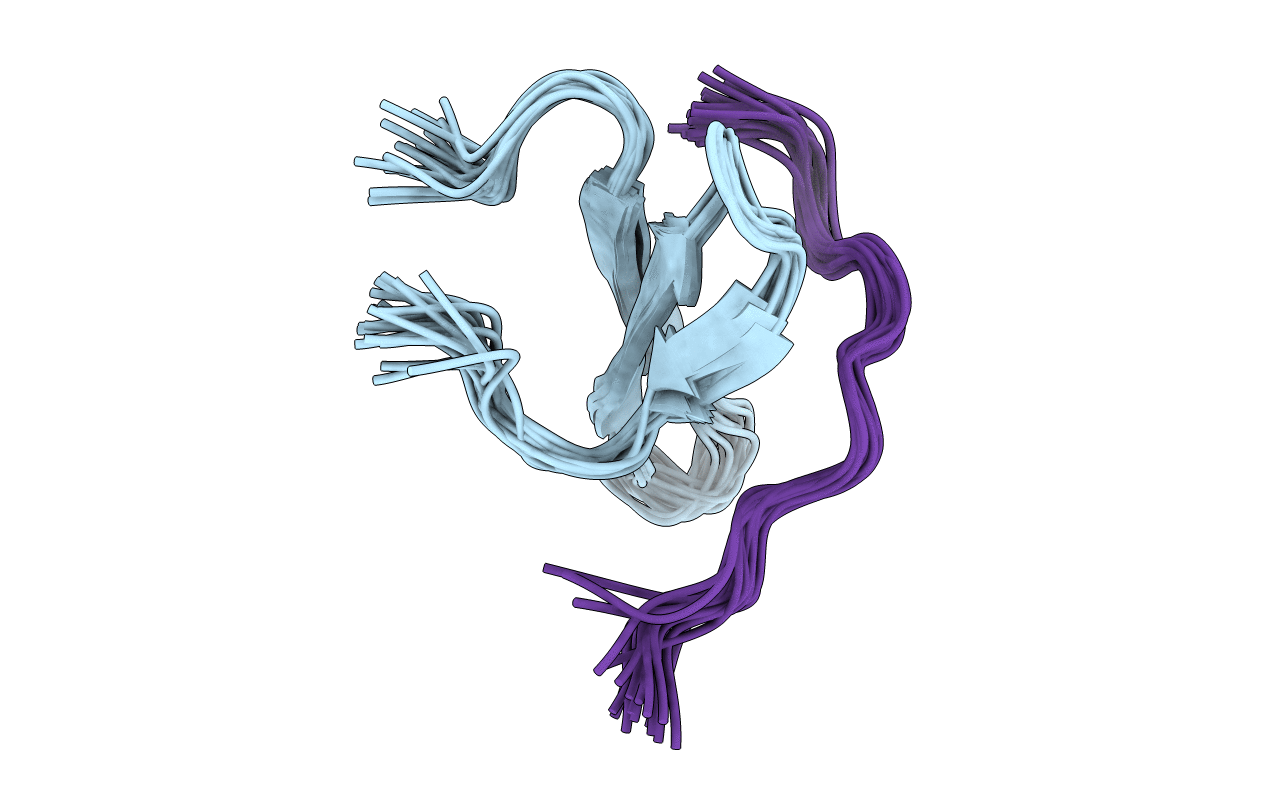
Deposition Date
2014-06-02
Release Date
2014-10-22
Last Version Date
2024-10-30
Method Details:
Experimental Method:
Conformers Calculated:
300
Conformers Submitted:
20
Selection Criteria:
structures with the lowest energy


